Transportation network companies (TNCs) like Uber and Lyft and bike-share providers like Zagster improve options and expand accessibility. Can they support the needs of vulnerable populations and smaller markets? Transportation for America attended the Shared Use Mobility Summit to learn more. (This is the second post of a two-part series. Read Part 1 here.)
In our last post, we discussed some of the innovations that transportation network companies (TNCs) like Uber and Lyft are pioneering, and how niche solutions are popping up to serve an increasingly diverse base of customers.
While added choice is generally good news for the consumer, these programs do raise new issues for government agencies.
“There are underlying differences in the traditional service vs. new TNCs,” says Jana Lynott, senior policy advisor for AARP’s Public Policy Institute. “For one, TNCs do not do fingerprint background checks. The Federal Transit Administration’s (FTA) compliance office has also raised concerns that they do not do drug and alcohol testing. And the FTA has even questioned whether it’s legal per federal rules for federally funded transit agencies to sign these types of contracts.” Additionally, despite their concerns, FTA is also trying to figure out their role and the impacts these projects can have on communities. Earlier this year, through their Mobility on Demand Sandbox grant, they awarded $8 million to transit agencies across the country to test some of these innovative projects.
Data concerns
Another challenge for public agencies is that TNCs typically don’t share their ridership data, which would have immense value for local leaders, policymakers and planners.
For large cities trying to forecast trips, lack of data from TNCs hinder their ability to forecast ridership and plan accurately. “We can’t model what we don’t know,” says David Leininger, Executive Vice President of Dallas Area Rapid Transit. “Supposing all these innovations work, how does it affect our traditional methods of analysis? We don’t know the market share of these trips,” he says. That makes it harder to plan around them. Across the summit, many participants expressed a desire for public agencies to access TNC trip data.

PC: Trillium Transit
Data challenges are just as pronounced with rural and paratransit services. Major transit providers use a common standard for public transit timetables: the General Transit Feed Specification (GTFS). Using GTFS data, apps and extensions is how services like Google Maps can make it easy to map, plan, and track trips across a wide range of providers and transit services. There is no such common language for paratransit.
“We’ve created a system where human service agencies have to buy proprietary software packages that don’t talk to each other well,” says Lynott. Now, a group has formed for software developers, transportation professionals, and other interest parties to work together and develop and propose common data specifications. And the Transportation Research Board is currently studying an open-data specification for transit providers, Lynott reports.
Equity issues
Data is only the tip of the iceberg for skeptics of TNCs. There are legitimate and growing concerns about how they are subverting existing markets and their ability to truly meet the needs of vulnerable populations. Many advocates and industry veterans are about the suitability of TNCs in this space.

PC: Gamaliel
“The idea of having on-demand services provide paratransit is unacceptable,” says Carol Tyson, transportation equity advocate.
Tyson reports that to discuss concerns over a request for proposals that the District of Columbia put out for TNCs to provide paratransit service. The assembled group demanded widespread wheelchair access, enough training for drivers to work with people with disabilities, performance measures to gauge wait times and fares, and protections against cuts to bus lines. Most of all, they want a seat at the table. “The people who rely on these services are often missing from the discussion,” says Tyson.
Also often missing in these discussions are the drivers and their perspectives. Advocates demand living wages, paid sick leave and fair hiring policies. Their anxieties are likely to grow as TNCs embrace a future of automated vehicles that would remove the driver entirely along with their associated costs. That would end hundreds of thousands of U.S. jobs. Economic concerns have led Zipcar founder Robin Chase to champion an unconventional policy: a universal living wage.
Watch a video that Robin Chase shared at the Summit about the future of autonomous vehicles: https://youtu.be/DeUE4kHRpE
Bike-share considerations
As TNCs look toward smaller markets, bike-share providers have followed suit. “People often think about systems in New York City, Washington D.C., or Chicago, but it’s actually thriving in a lot of places,” says Nate Taber, head of marketing for the Zagster bike-share company. Zagster operates 142 systems in North America. The company works around the challenges of smaller marketplaces — including lower density and tax bases — by developing service-based purchasing, locating near parks and major destinations, centralizing its operations, and working with community partners to attract sponsorships.
Coalitions of community groups and businesses are key to success in these markets, and they take part for good reason. “We have seen communities use bike-sharing as more than a new mode of transportation, but as an amenity and a way to be more competitive,” says Taber. “Cities use it as a lever to draw in new businesses.”

PC: Zagster
But bike-share systems, too, pose hurdles for elderly and disabled populations. For one, most standard bike-share bikes are heavy. Providers are working to develop new, lighter-weight models, but they are built heavy for a reason; it reduces theft and can withstand lots of wear and tear. Zagster also offers a line of accessible bikes. These include hand-cycles for people with disabilities, and tandems that allow people who travel with a guardian the ability to use the program. One small pilot program recently launched in Rome, New York, includes a three-wheeled bike with two seats for this purpose.
Making bike-share accessible is especially important as more communities realize its public health benefits. Recognizing that higher active transportation levels lead to reduced rates of chronic disease, local health insurance companies often co-sponsor bike-share systems. In some places like Corvallis, OR, Medicare will reimburse recipients the cost to use the system. In our forthcoming policy paper on Healthy MPOs, we outline how leaders in Corvallis took several steps to make bike-share convenient for people in need, such as incorporating easier-to-ride tricycles, locating stations near Medicare recipients’ homes, and allowing users to check out a bicycle via text message.
Looking ahead together
More communities are partnering with shared use mobility providers. The market is expanding to meet diverse geographies, age groups, and ability levels. The private sector is powering ahead, promising new options, service improvements, and cost savings. These options raise questions about equity, access and data. And the public sector must strike a balance.
We can learn from other leaders.
In Boston, MA the Massachusetts Bay Transportation Authority worked directly with disability advocates on a program to incorporate TNCs. In Detroit, MI the Department of Public Health piloted a program to provide transportation for individuals with HIV/AIDS. In Portland, OR, the nonprofit Ride Connection taps a robust volunteer network to serve people with limited options. And Marin County, CA has implemented over a dozen strategies to improve mobility, led by a diverse set of stakeholders.
Cities will need to take the reins to ensure these monumental shifts in transportation doesn’t shape their cities without their input and produce a new generation of transportation haves and have-nots. And with so many new questions looming over the impacts these projects will have, working together to solve these challenges will be crucial.
These are just some of the challenges that T4America’s Smart Cities Collaborative is beginning to work on. Cities are partnering together to explore the positive and negative impacts of these new transportation models, develop appropriate policies, and test on the ground solutions because change is coming….Fast.
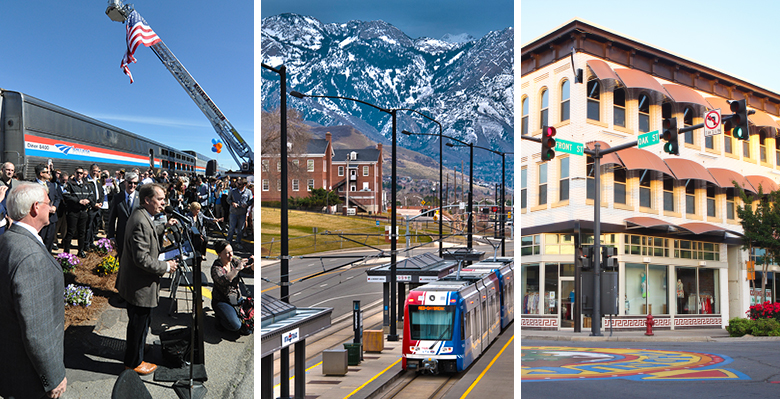





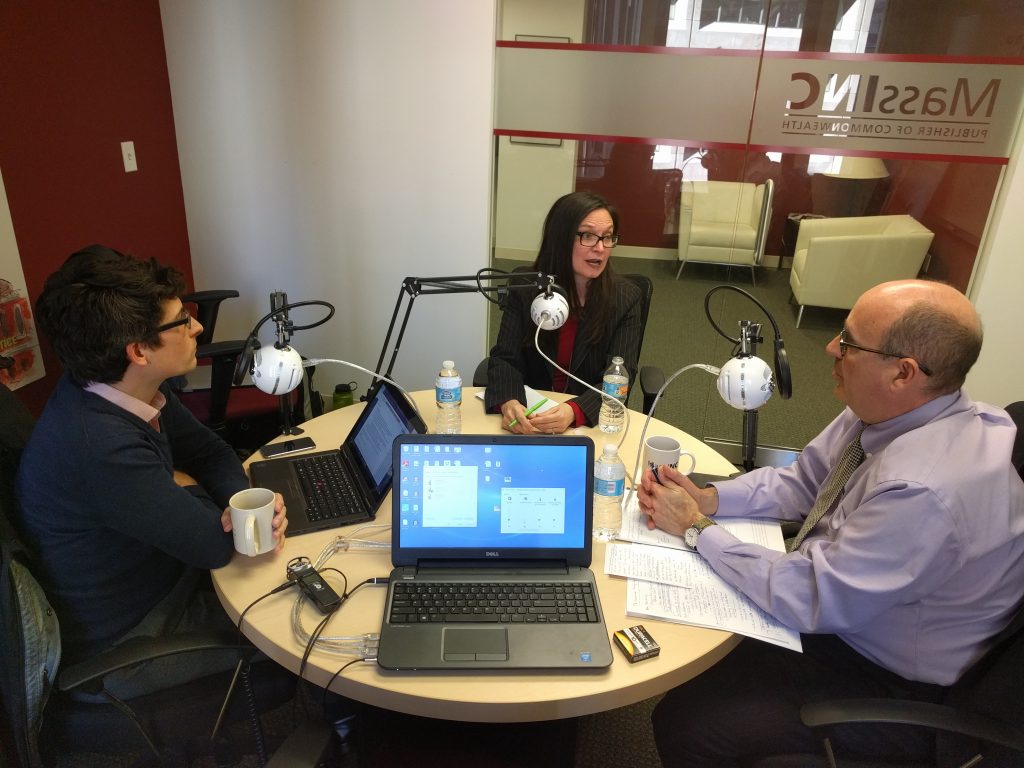


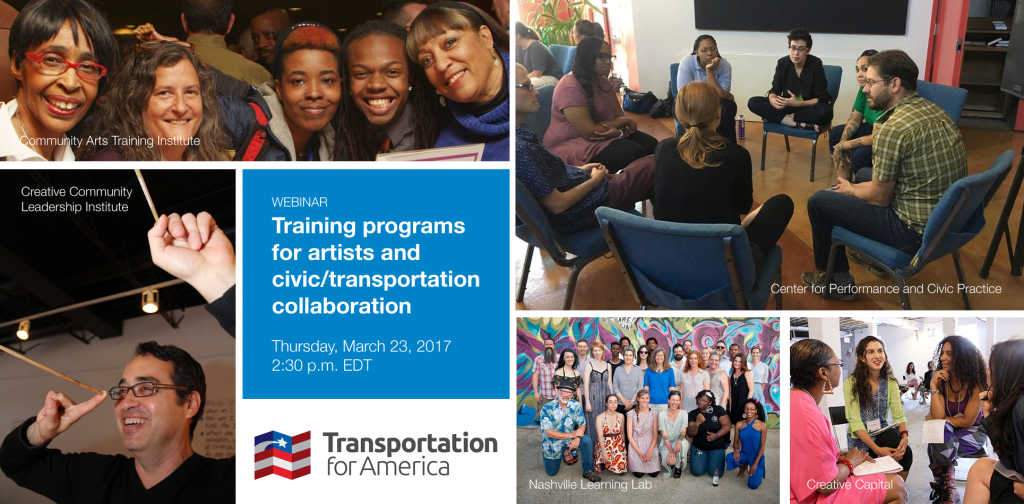





 When it comes to planning or development, more communities are thinking outside the box. Local leaders are interested in developing community projects that better reflect their local culture, heritage, and values, and creative placemaking is an approach that can help them accomplish those goals.
When it comes to planning or development, more communities are thinking outside the box. Local leaders are interested in developing community projects that better reflect their local culture, heritage, and values, and creative placemaking is an approach that can help them accomplish those goals. In 2016 we released
In 2016 we released  I also presented
I also presented 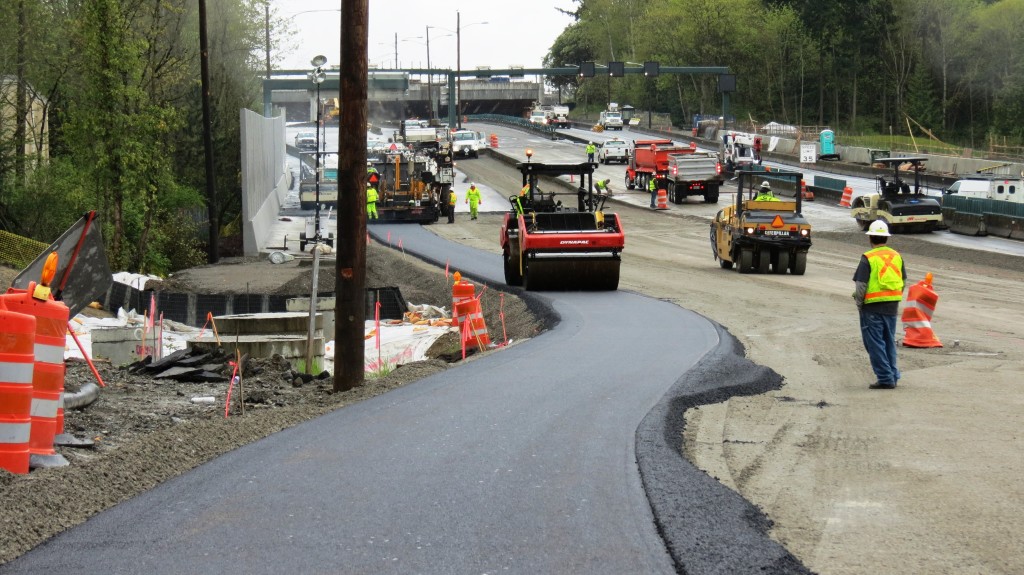
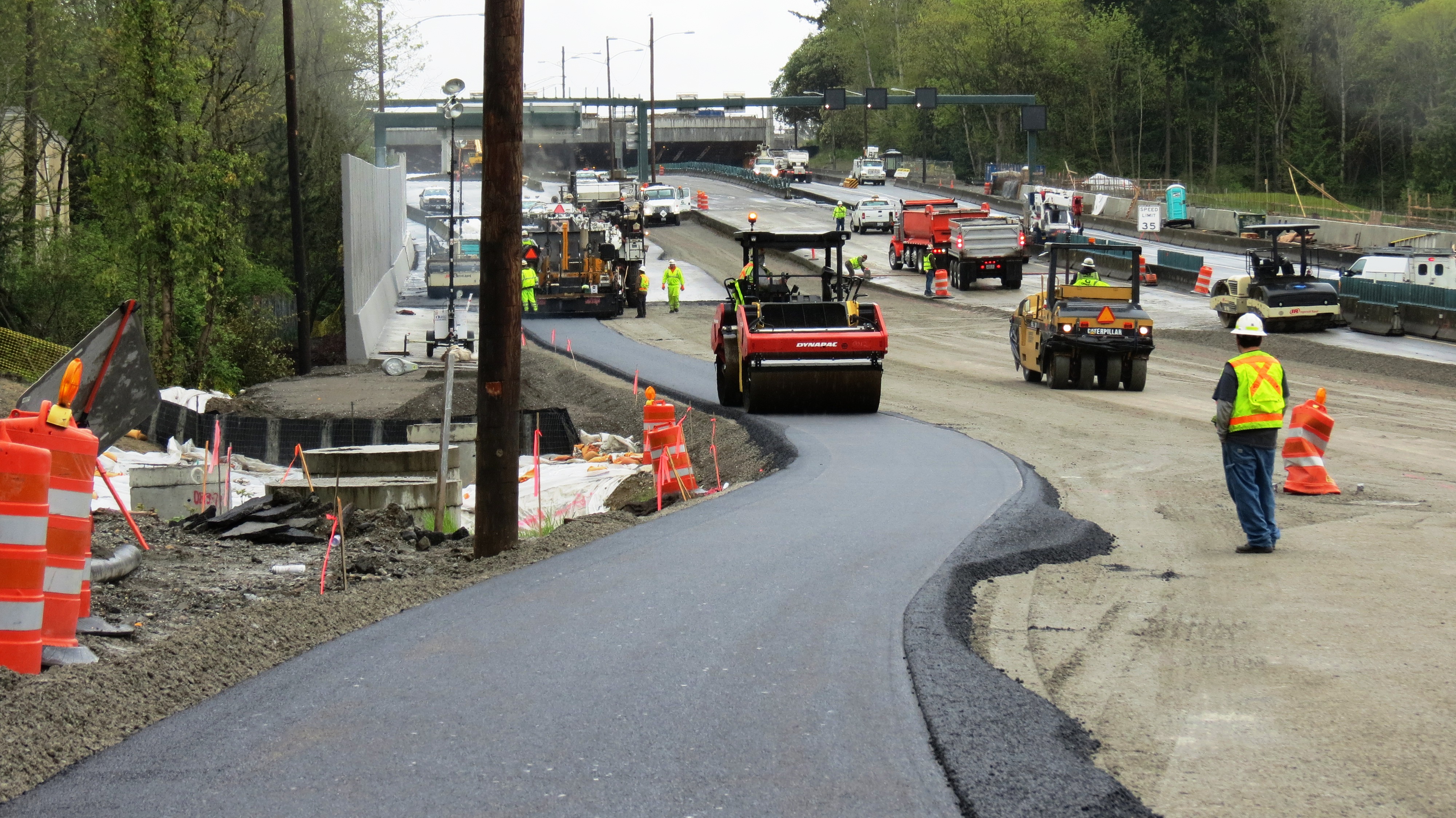
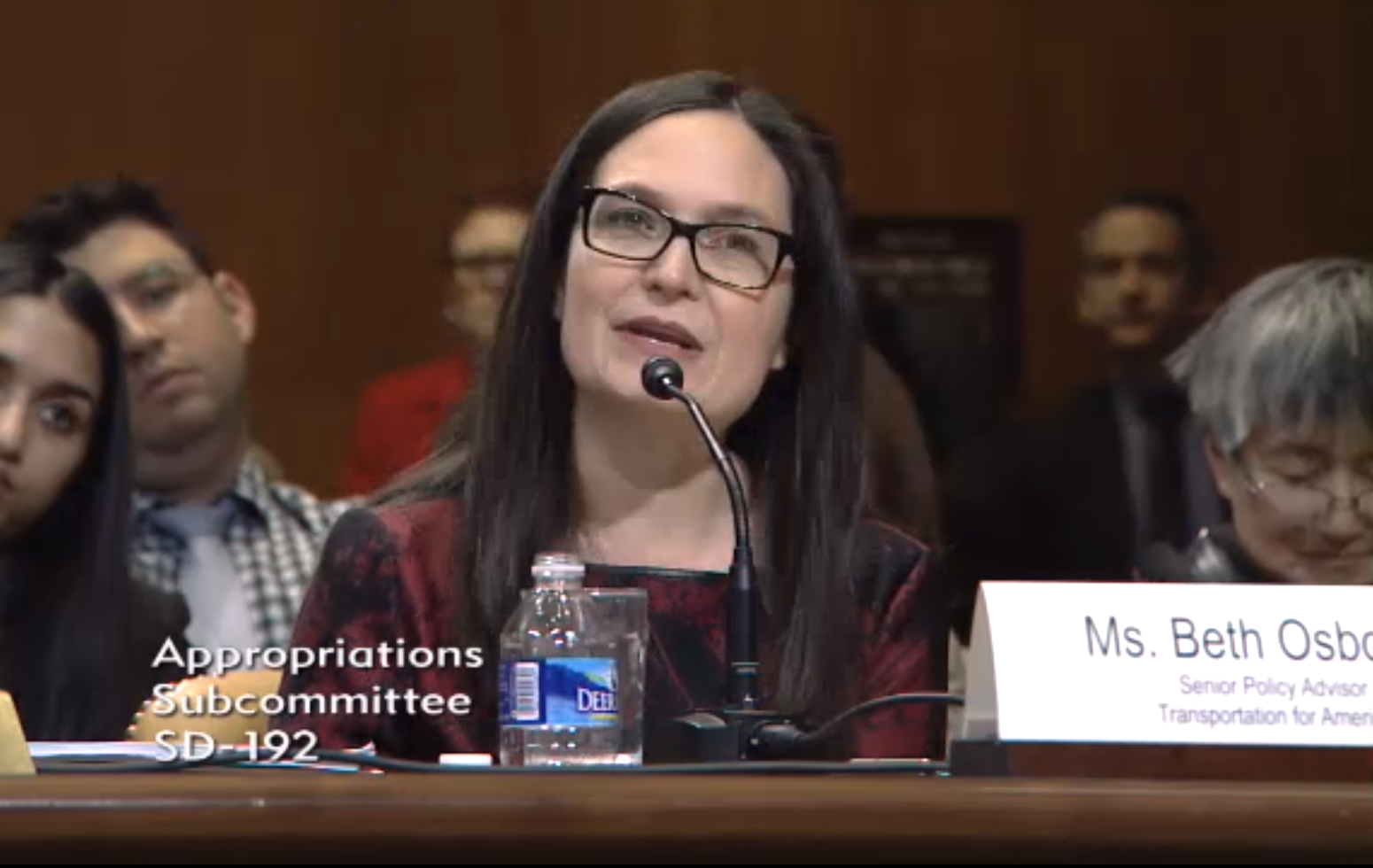
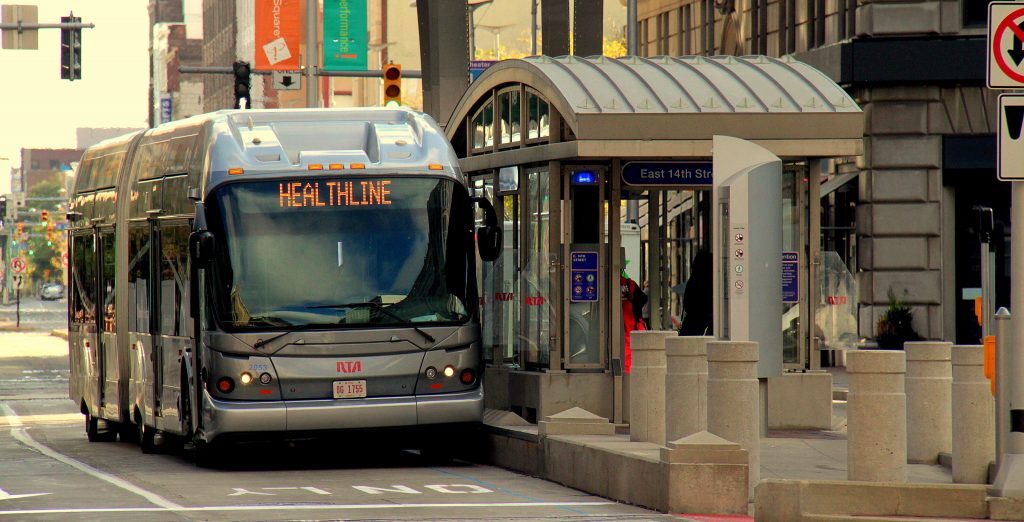
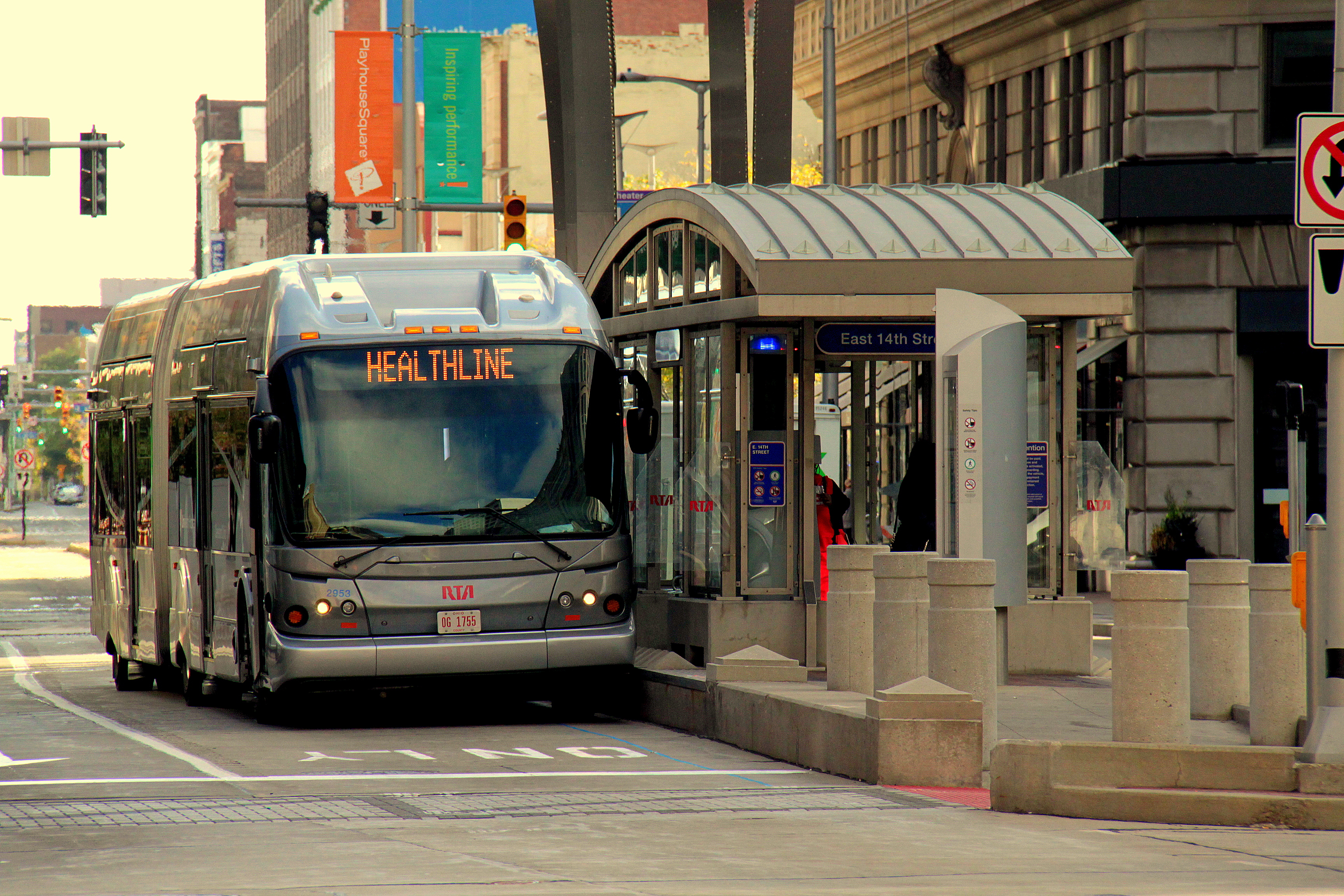



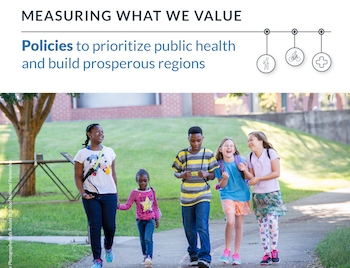

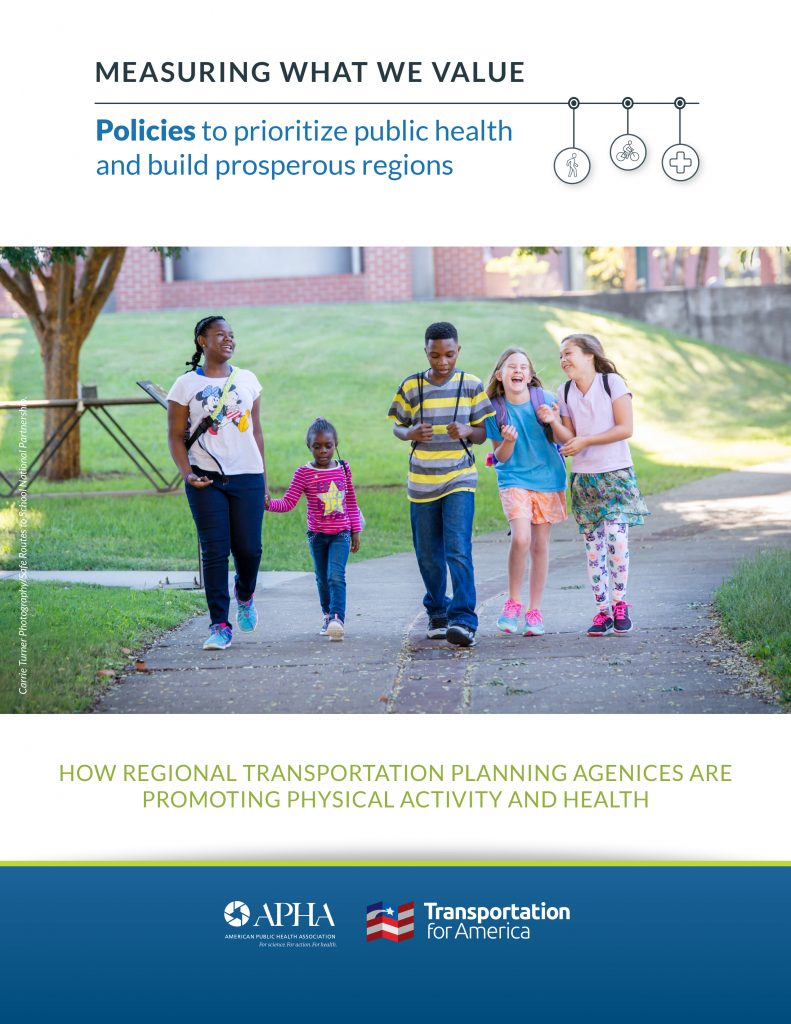
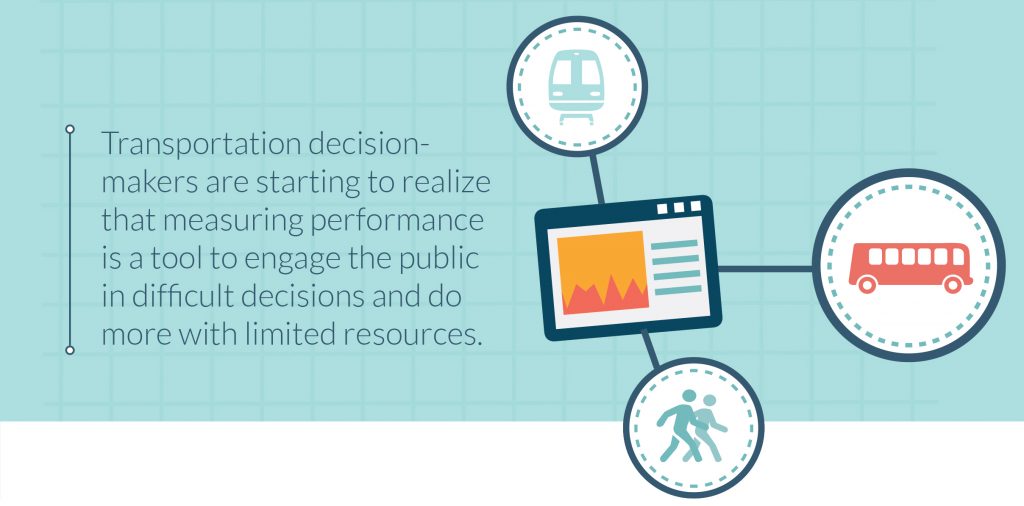
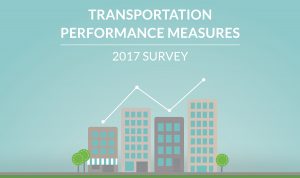
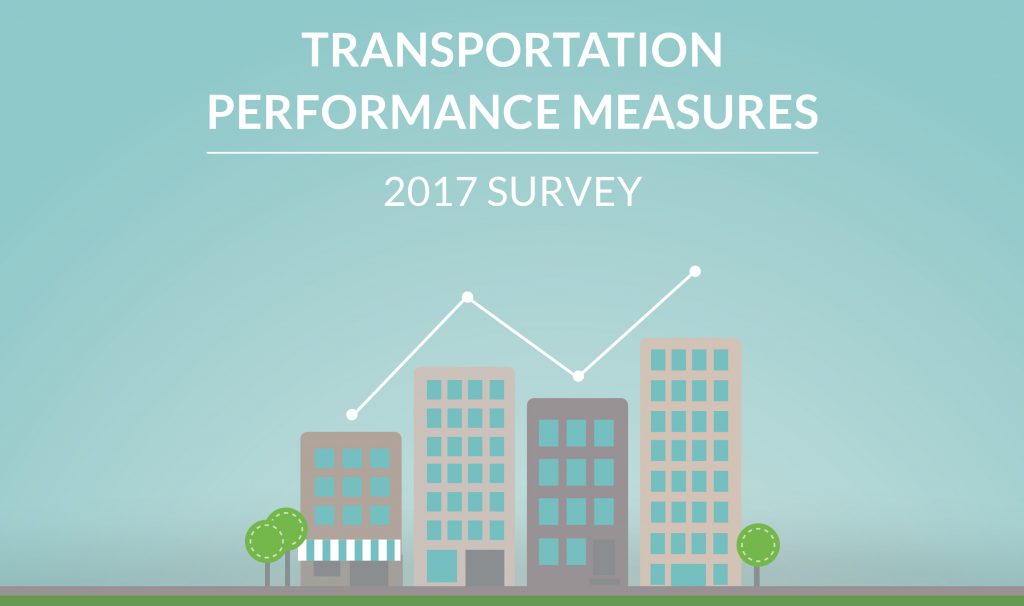
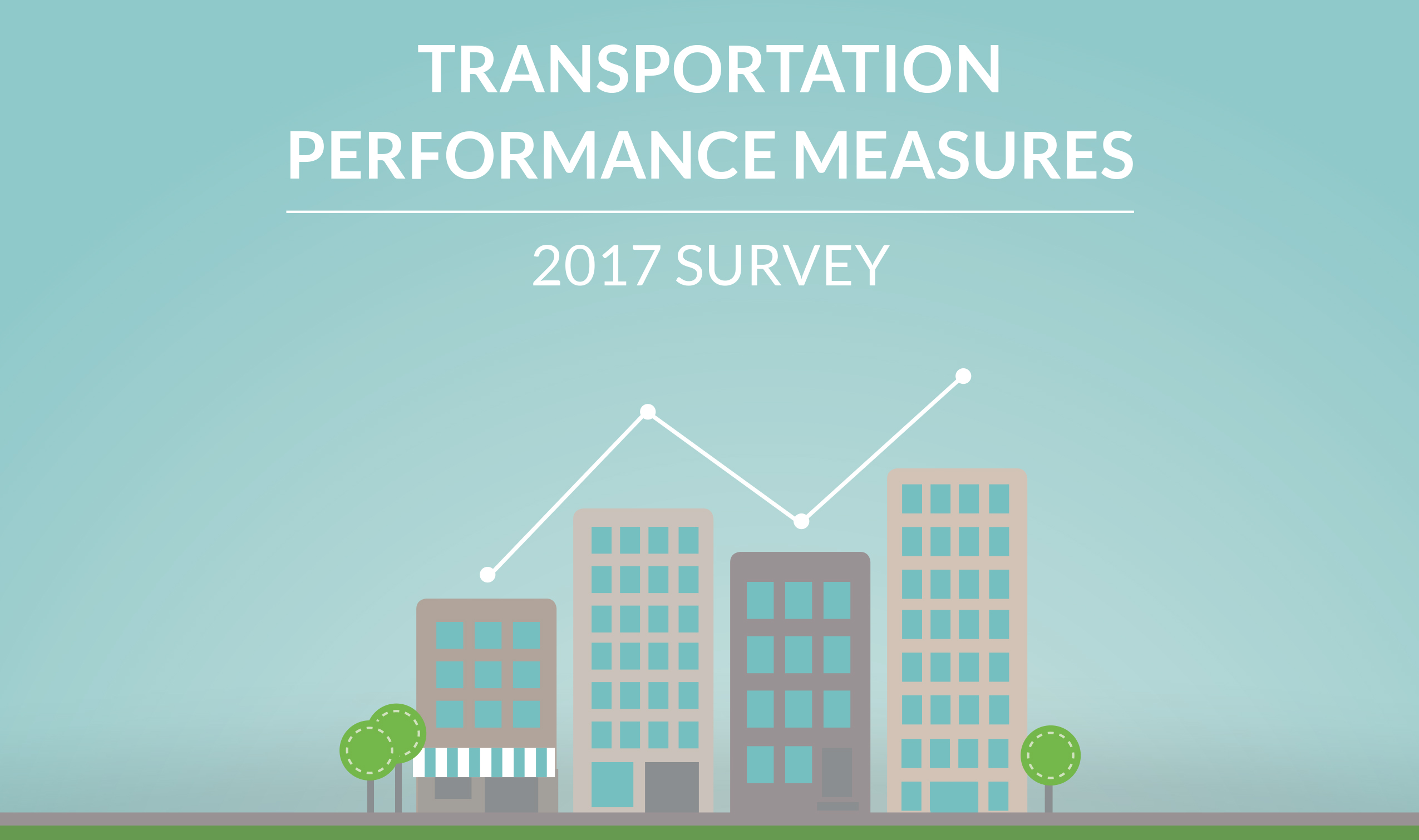
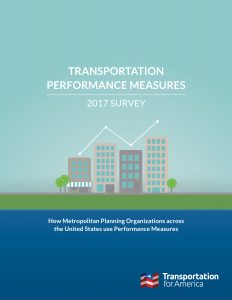
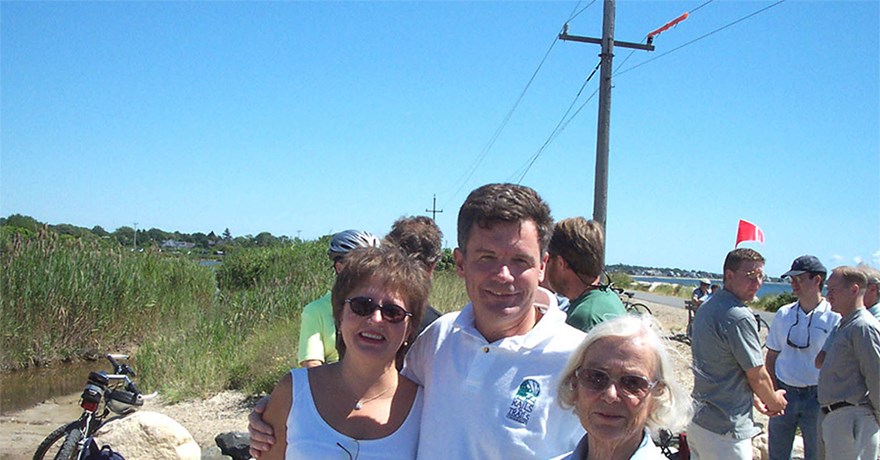

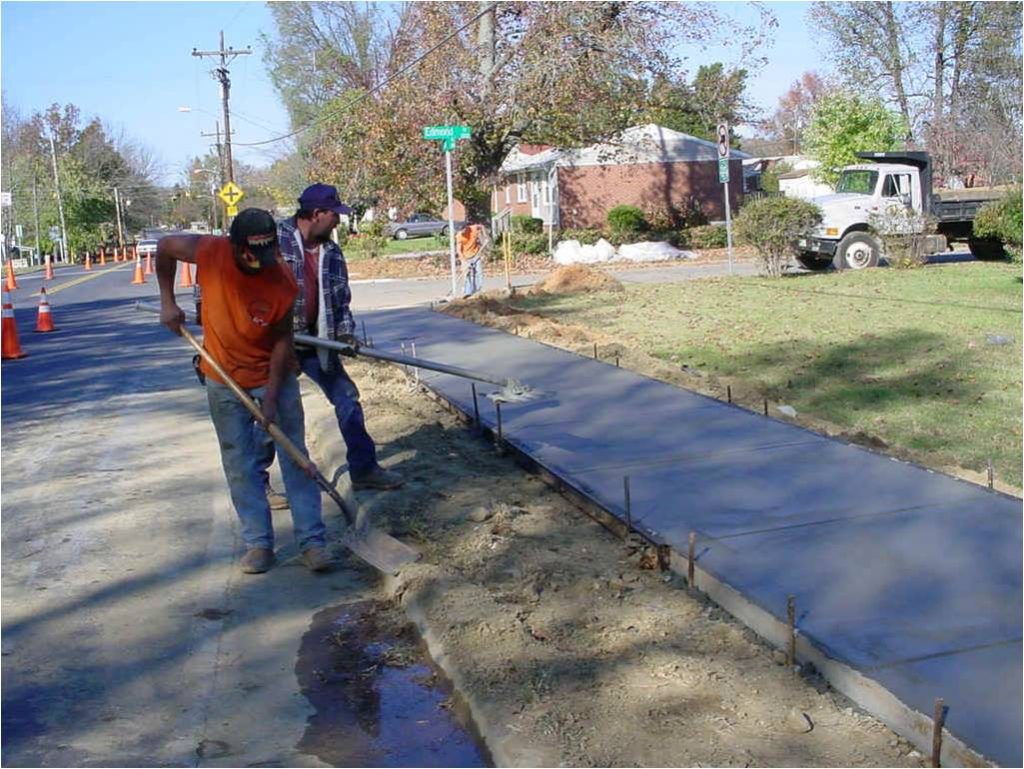
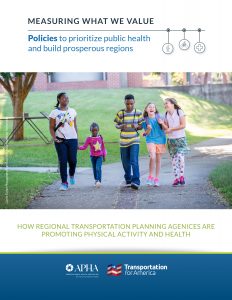 Register for the launch of Measuring what we value: Policies to prioritize public health and build prosperous regions on February 21st at 12:00 p.m EDT.
Register for the launch of Measuring what we value: Policies to prioritize public health and build prosperous regions on February 21st at 12:00 p.m EDT.
